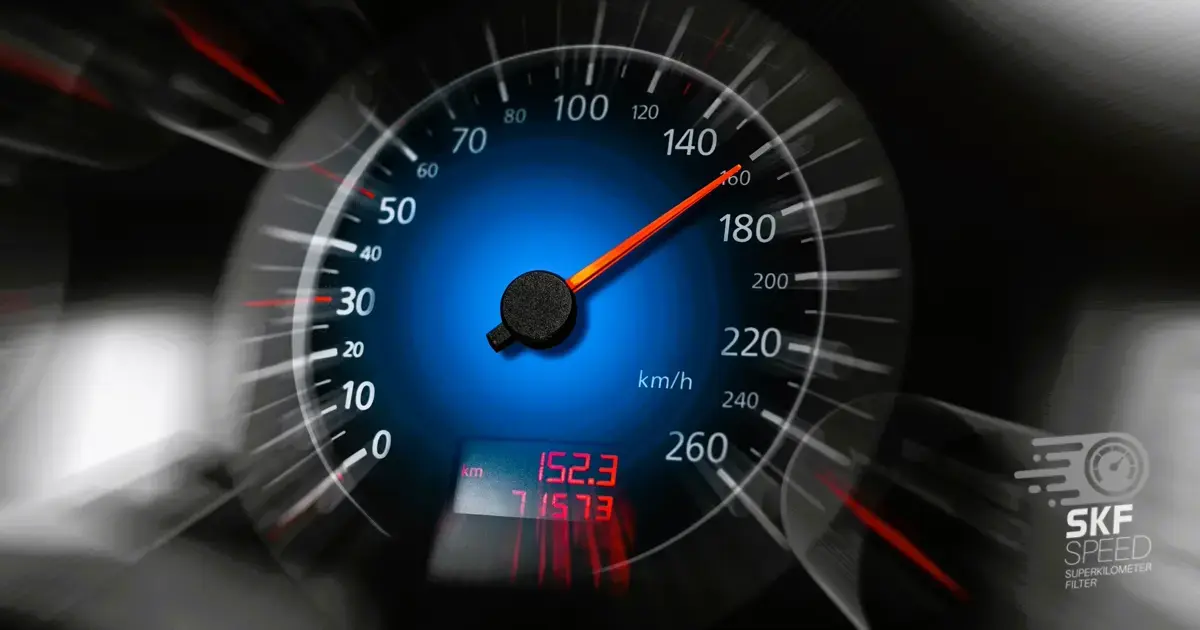
Change odometer reading is a widespread practice; depending on the situation, it may have different reasons and justifiers behind it, so it is sometimes considered worthwhile and sometimes not. In the era of advanced digital technologies, the practice shifted from handy mechanical manipulations to advanced methodology of altering mileage data with the help of advanced tools and knowledge. The most alarming reason for the alteration is to make the mileage lower, to lie about it and make the automobile more expensive than it actually is. It is especially common in late-model, high-mileage vehicles, often from fleets like rental or business company fleets. It becomes a real trap for second-hand car buyers; they get a car with significant wear when expectations are higher due to the lower mileage figures.
Surely, the reason for modifying the data is not always ill purpose. There is sometimes a genuine necessity to adjust or correct mileage records due to mechanical errors or discrepancies. However, it should stay transparent by documenting accordingly and notifying all parties.
Let’s explore the worthwhileness of altering odometer data, its legal implications, better possible measures for preventing mileage accumulation, its general impact on the market, and the legitimate motives behind it. In the upcoming paragraphs, we will discuss these topics one by one.
Change odometer reading implies the act of altering or tampering with the existing mileage on a vehicle’s odometer to show lower figures than it is actually. The act is mostly associated with potential odometer rollback or, namely, odometer fraud when changes are not documented accordingly. Under United States federal law, 49 U.S. CODE § 32703, a vehicle’s odometer should reflect the actual miles that it has been driven.
The report of NHTSA claims approximately 452,000 cases of odometer fraud occur in the United States based on the fraud rate and the number of registered vehicles by age. They use samples of 10,000 vehicles and data from Carfax. This finding serves as statistical purposes to estimate rates; it does not prove fraud in individual cases. As for the data in numbers, the rate of fraud over a vehicle’s first 11 years is 3.47 percent, with a confidence range of 2.68 to 4.26 percent. This percentage includes detectable rollbacks and potential” hidden” clocking.
You may argue that odometer data modification doesn’t necessarily mean that we are facing fraud. Yes, it is fraud if the information is hidden and no one tells you about it. Seller may have several reasons for that. Let’s take a closer look at them.
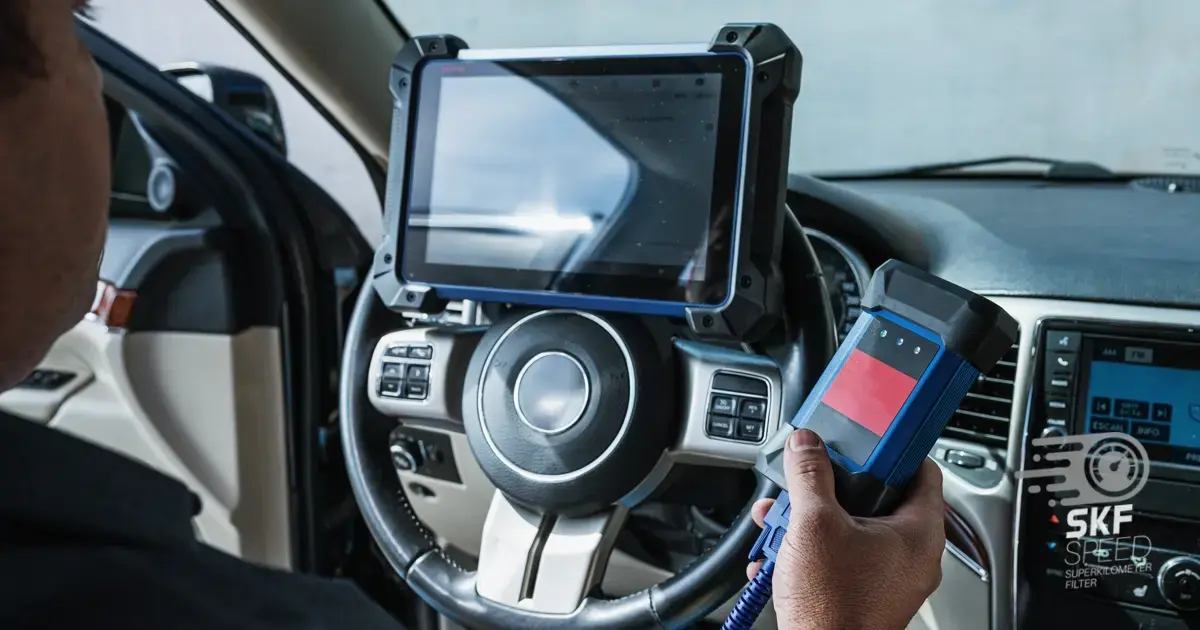
One of the first reasons for modifying data is to gain financial profit and hide the true history of the automobile. The following motivations are the most common:
The concluding point represents the toughest challenge in the automotive industry. Legislatures have been combating the issue since the last century, after revealing the upsetting statistics of the number of victims. In the following paragraphs we will talk about general negative impact fraud carries, and how the legislature has developed throughout the time.
NHTSA study reveals the most negative general impact of tampering, estimating that consumers pay an average of $2,336 extra for vehicles with rolled-back odometers. With 452,000 such cases each year, this leads to a total of $1.056 billion in additional costs annually. It should be noted that this figure does not include other expenses such as financing, insurance, repairs, and reduced resale value. Consequently, odometer fraud is a major challenge, comparable to auto theft and burglary.
Change odometer reading for fraudulent purposes is also harmful for individuals. Deceived buyers get used automobiles with a number of issues and complain about problems they had to cope with in terms of documentation or reselling it. If you haven’t experienced it, you come across many complaints on different forums, such as “Unknowingly bought a car with the wrong odometer reading. What can I do moving forward?” “Help figuring out a possible odometer rollback?” and many like that.
As we previously mentioned, fighting against illegal odometer alteration started in the previous century, as soon as the situation became severe and required strict measures.
Congress passed the Truth in Mileage Act (TIMA) of 1986. TIMA requires sellers to show a vehicle’s mileage on the title. Titles must be printed securely to prevent fakes. Auction companies must keep records for at least four years to help law enforcement track vehicle history. Congress requested a nationwide assessment of odometer fraud, carried out by the National Highway Traffic Safety Administration (NHTSA). The results of the study were shocking, as we already discussed above.
Since 1978, the National Highway Traffic Safety Administration (NHTSA) has run an Odometer Fraud Enforcement Program in Washington, D.C., where there was a team of eight people, including four field investigators. Each investigator was responsible for a quarter of the United States, focusing on regions with high rates of odometer fraud. As soon as they find cases, they usually pass them on to the U.S. Department of Justice (DOJ) or state authorities for prosecution.
NHTA constantly runs campaigns aiming to raise general awareness among car owners. They successfully combat illegal clocking, consult people on recovering from losses, and remind them of the importance of disclosing and asking for documentation to prevent such issues in the future.
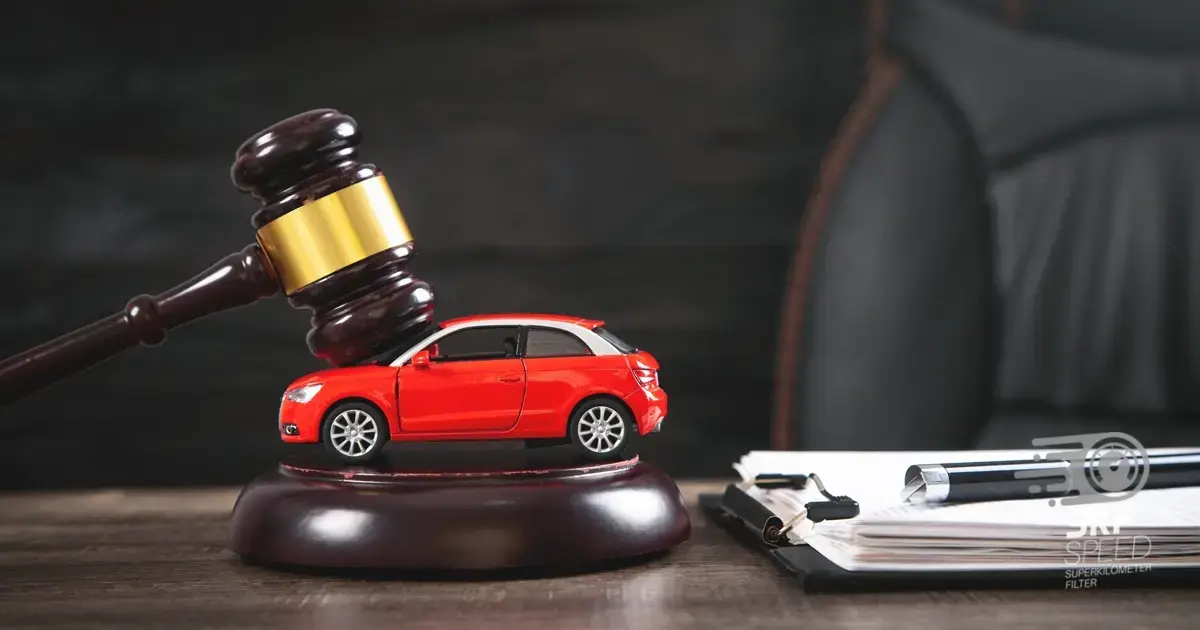
If you feel uncomfortable because of the fast accumulation of high figures on the odometer, an alternative method for decelerating the process is partly in your hands. You can think ahead of time with some discipline. The following recommendations will assist you if you are thinking to prevent high mileage with indirect methods:
Change odometer data is replacing the existing figures in the odometer. It is referred to as “clocking” or odometer fraud. Odometer fraud is a common offense, implying altering or resetting figures to make them appear less than it is to deceive potential buyers.
Most rollbacking devices are widely available on the market; however, fortunately, they do not change odometer reading without leaving the trace. Mileage is modified in the dashboard but it is kept in several other units, so if you as a buyer suspect that something is wrong with the mileage and you check it thoroughly, you find out the truth easily.
On the other hand, wrongdoers know this very well, so they are constantly searching for sophisticated devices designed for testing purposes to use for their own purposes. One authoritative tool is a Mileage blocker.
It is an advanced tool for those who want to test their automobile in a controlled environment. It stops the counting mileage in all control units without leaving a trace. Made with premium-quality components, it performs flawlessly. The blocker includes a mobile application and is simple to install. It is compatible with nearly all makes and models. So you can purchase it from the official website. Remember that using the product on the public road is not recommended. Use the device if you want to test the performance of your automobile without counting additional miles and always notify the next owner of your automobile about it.
Change odometer reading are a widespread practice and can cause problems if they look like an offense. They are worthwhile and justified only when necessary or for testing purposes. So, be mindful when you decide to do them. Respect the potential buyers of your automobile, and stay honest. Misleading information sometimes boils down to issues of the general safety of the automobile.
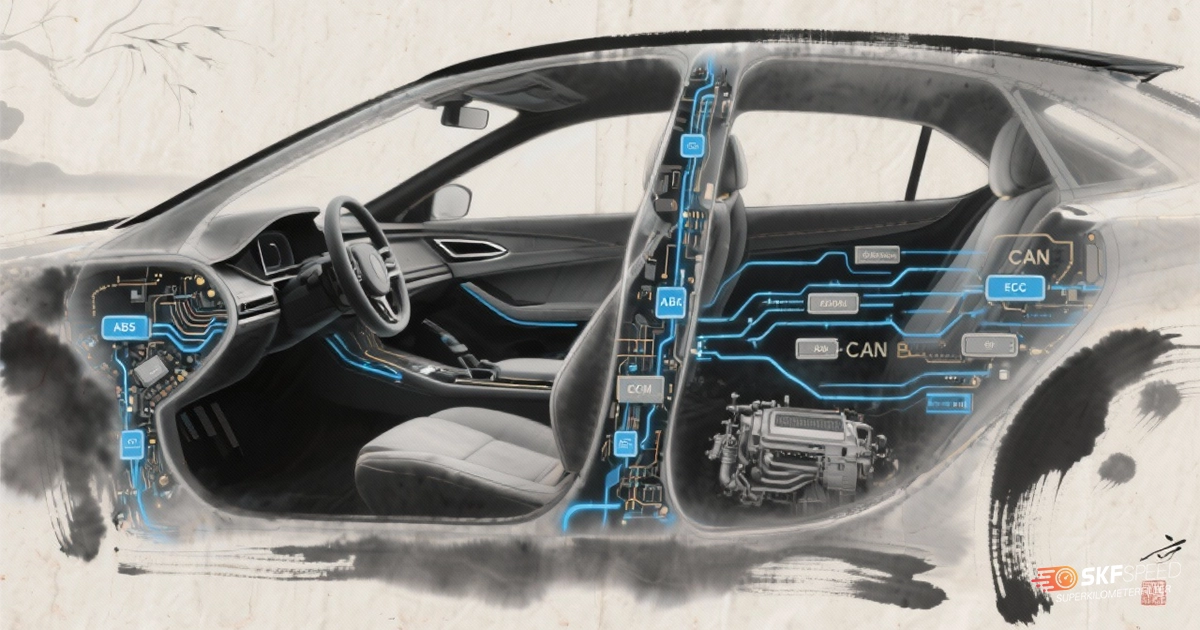

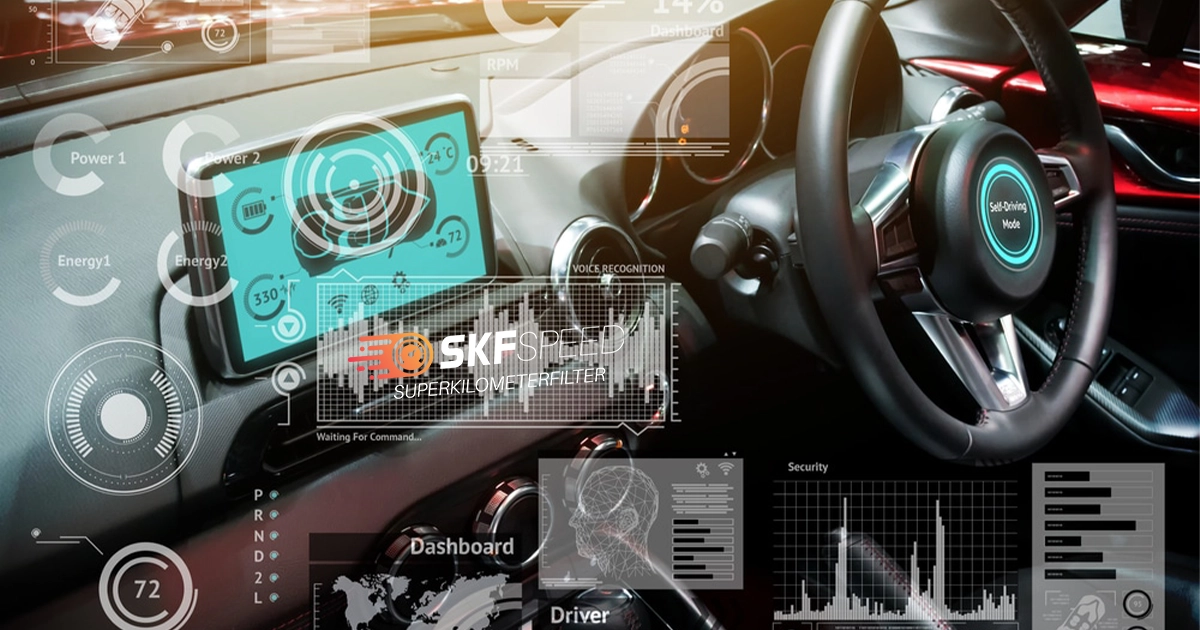



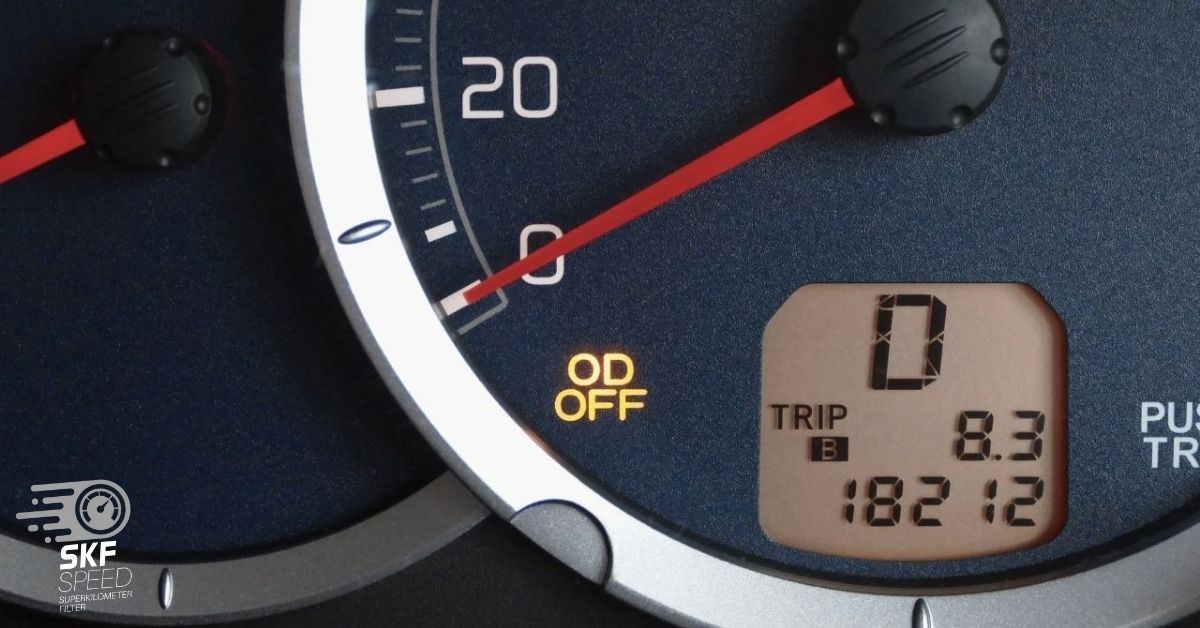
Here you will find all the details about our company
Here you will find shipping and return related information
Here you will find information on all technical questions
Here you will find helpful information about installation